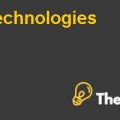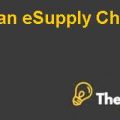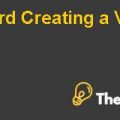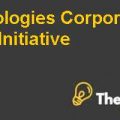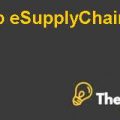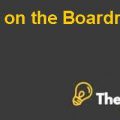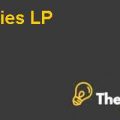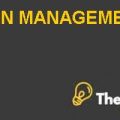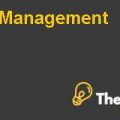
Write down the objective, decision variables and constraints. Be specific and quantitative.
DHL has a primary objective of decreasing the CO2 emission in order to maintain a healthy and an unpolluted environment. On the other hand, the company has also a secondary objective in maintaining cost efficiency in its shipment program.
There are few variables that the company should consider while making any important strategic decision with respect to changes in logistics in order to minimize CO2 emission. These variables include changes in price of different means of shipments as well as changes in customer demand for the shipment, i.e. if a customer needs the products in a short period of time then the company should prefer air shipment rather than shipping goods through water.
There are also few constraints, which should be taken care off. These constraints include that the minimum production of LCD 42” is 200,000 units at any ODM, whereas, the maximum production of LCD 42” is 600,000 units.
Moreover, the minimum numbers of LCD 42” and LCD 32” units to be shipped by Regular Air or Air express are 46000 and 53000 units respectively. The minimum numbers of units of LCD 42” and LCD 32” to be shipped through Road or road LTL or road network are 92000 and 79500 respectively. Furthermore, minimum number of units that is required to be shipped through rail of LCD 42” and 32” are 138000 and 79500 units respectively.
Decide on your decision criteria based on your case readings and stakeholder values. Explain why your criteria are important and how you expect your criteria to help distinguish between alternatives.
The decision criteria based on the reading is that the shipments should be set in such a way that it could minimize the CO2 emission in order to make the business of DHL more environmental friendly. This will benefit the company for the long-term as it will enhance the overall reputation of the company as well as brand value of the company drastically. This will result in increasing customers’ loyalty towards the company, which would benefit the company in the long term as this will allow the company to capture a huge market share in the industry and subsequently expedite its profitability to an optimum level. Therefore, it would be a wise decision to set criteria in such a way that the CO2 emission could be minimized.
Use the given spreadsheet model to analyze how CO2 emissions change as a function of budget (increase the budget from 3b CNY up to 3.3b in 60m increments). Create a scatter plot of carbon emissions (y-axis) vs budget (x-axis). Based on your plot, feel free to analyze and add additional budget values as necessary to fill out your graph. Also, based on your plot, come up with three alternatives (i.e. different budget values) that you want to consider within your decision matrix.
A graph has been plotted in exhibit 2, which shows the complete graphical analysis of the alternatives with respect to CO2 emissions
Go back to the model and attempt to explain (1-2 short paragraphs) both what you see in your plot and why its occurring (what specifically is changing about the shipping plan). Be as quantitative as possible.
Upon completely analyzing the data given in the case, it is depicted that the budget of the company has an inverse relationship with the CO2 emission. Moreover, it is assumed that an increase of 60 million CNY will result in a decrease of 10%, 20%, 30%, 40%, 50% and 60% in CO2 emission. Therefore, it is depicted that at a budget of 3.3 billion, the company would have the lowest CO2 emission as compared to other alternatives. Moreover, it is also depicted that in order to minimize the CO2 emission further, the company should make most of its shipping excessively through water because at a budget of 3.3 billion the CO2 emission per ton km would be 0.00007 kg, which is far less than the CO2 emitted from other means of shipping. By using this alternative, the company can minimize CO2 emission.
Fill in your decision matrix with weights for the criteria and scores for the alternatives. Based on your decision matrix, make a decision. Explain any trade offs that exist and how you justify your choice.
A decision matrix has been made in exhibit 1; the decision matrix shows the three proposed alternatives as well as it also shows the weights allocated to each alternative. The table shows that the best and optimal alternative is using a budget of 3.3 million as this will best minimize the CO2 emission. Moreover, the company should trade off between regular air and air express as both have same fuel emission however; Regular air is far cheaper than the Air express................
This is just a sample partial case solution. Please place the order on the website to order your own originally done case solution.

